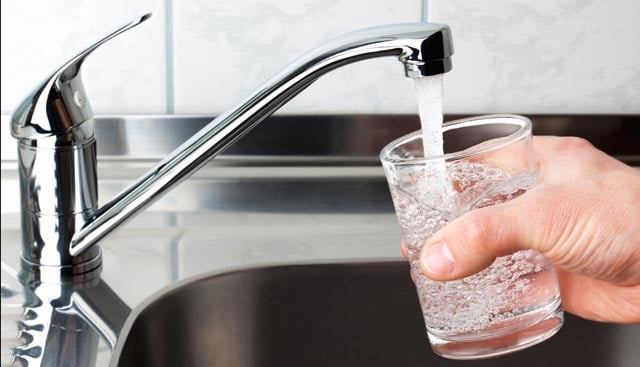
My Tap Water Tastes Bad – Is It Safe to Drink?
In the United States, all public water systems are regulated by the Safe Drinking Water Act (SDWA). The SDWA requires the Environmental Protection Agency (EPA) to establish and enforce standards for public drinking water systems in order to protect the public health. Therefore, if the source of your tap water is a public water system, you can feel confident that it meets certain safety standards.
The EPA identifies contaminants, including potential carcinogens, that must be regulated in drinking water because they pose a public health risk. However, water safety and acceptable taste — which is highly subjective – are not the same thing. The flavor of the water that flows from your tap can be affected by a number of contaminants that, while unpleasant, are not necessarily health concerns. Some examples include:
- Mineral content – Many minerals that occur naturally in the soil, such as calcium, magnesium, sodium, potassium and hydrogen carbonate, can affect the flavor of water. Some people describe the taste of water that is high in mineral content as salty or bitter.
- Chloramines – These chemical compounds, which contain chlorine and ammonia, serve as important germ-killing disinfectants that are often added to public drinking water systems to prevent the outbreak of waterborne diseases. While the small amounts of chloramines that remain in treated water are safe to consume, some people believe they make the water taste like chlorine.
- Metals – Aging plumbing systems can allow high levels of certain metals, such as copper, iron, zinc and manganese, to leach into drinking water, often giving it a metallic or medicinal aftertaste.
Of course, drinking a sufficient amount of water is essential for good health, so you’ll want to make sure that the taste of your tap water doesn’t prevent you from drinking enough. This doesn’t necessarily mean that have to resign yourself to buying and hauling an endless supply of plastic water bottles to ensure that you get your daily eight glasses. For instance, you might try adding a hint of flavor to your tap water. Instead of using store-bought flavoring agents, add something that is naturally delicious, such as watermelon or pineapple chunks, orange or lemon slices, raspberries, blueberries or mint leaves. Another relatively inexpensive option might be to purchase a water pitcher or bottle that has a built-in filtration system. Finally, some people find that boiling their tap water can improve its taste.
It’s important to note that private wells are not regulated under the SDWA. Therefore, if your tap water is supplied by a private well, you’ll need to take certain safety precautions on your own. For instance, you should have your drinking water tested by a certified laboratory and, if necessary, install an appropriate water treatment or filtration system.
If you have questions about drinking water contaminants that have been linked to cancer risk, you can arrange to talk with the experts at Moffitt Cancer Center by calling 1-888-663-3488 or completing our new patient registration form online. No referrals are required.
